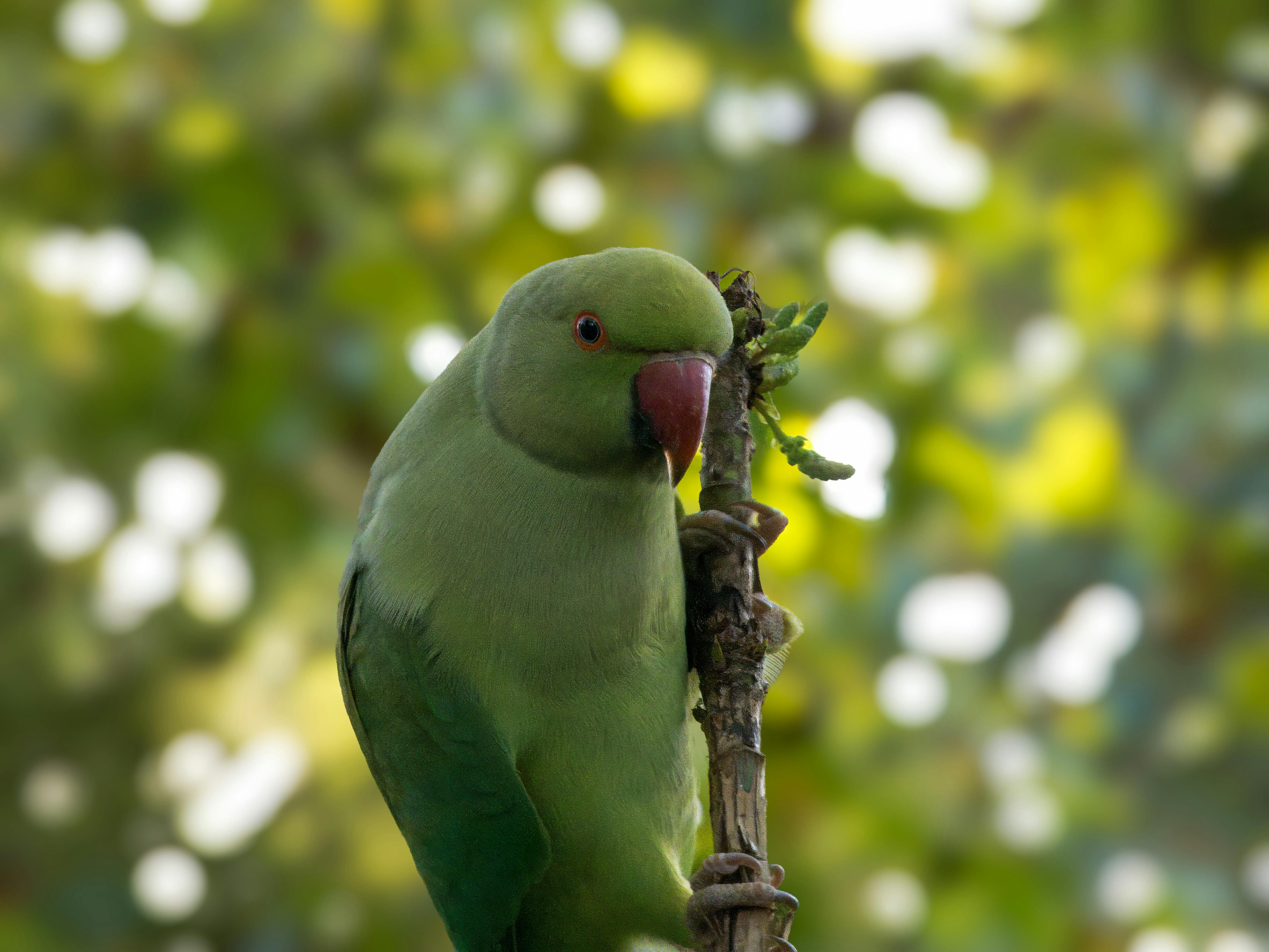
Understanding the Largest Jackrabbit Species in 2025
As we approach 2025, the study of jackrabbit size continues to be a fascinating topic for enthusiasts and researchers alike. Understanding the biggest jackrabbit species offers insights not only into their biological characteristics but also reflects ecological dynamics and environmental interactions. Jackrabbits, a common member of the lagomorph family, exhibit various traits that make them fascinating subjects of study.
In this article, we will explore five essential tips that will help you understand the size and dynamics of jackrabbits, focusing on their physical attributes, habitat preferences, and survival strategies. Whether you are a wildlife enthusiast or a researcher, these insights will enrich your knowledge of jackrabbit species and their ecological role.
Key takeaways from this article include a comprehensive look at jackrabbit weight, length, and their adaptations to different environments, as well as their behavioral traits and reproductive habits.
1. Assessing Jackrabbit Weight and Length
Jackrabbit size is primarily measured through their weight and body length, which vary significantly among different species. The largest jackrabbit, known as the black-tailed jackrabbit, can weigh up to 6-9 pounds, while its body length may reach 20-26 inches.
In contrast, the desert jackrabbit is slightly smaller, weighing around 4-6 pounds and measuring approximately 18-24 inches in length. Understanding these size variations is crucial for recognizing the ecological adaptations each species has developed.
Species identification can also be achieved by examining their weight and length. Here, the eastern jackrabbit stands out with similar size attributes, illustrating the importance of geographic location in influencing these features and showcasing the diversity within the jackrabbit family.

Key Characteristics Influencing Size
Several morphological features contribute to the varying size of jackrabbits. As lagomorphs, they have long hind legs designed for agility and speed, which is beneficial for escaping predators. Additionally, factors such as fur color and ear size adjust based on the jackrabbit's habitat, affecting camouflage and heat regulation.
Understanding these characteristics provides insight into their survival strategies and adaptability to environmental changes. Regional differences in geographical distribution further highlight species survival rates and population dynamics.
Environmental Adaptations of Jackrabbits
Jackrabbits exhibit remarkable adaptations to their environment that directly influence their sizes. Their elongated ears help dissipate heat, while their fur texture and coloration provide effective camouflage in varied terrains. For instance, a desert jackrabbit may possess lighter fur than its counterparts in forested regions.
These adaptations ensure effective thermoregulation and predator avoidance, allowing jackrabbits to thrive in harsh climates. By studying these physiological aspects, scientists can better comprehend how environmental threats like climate change might impact jackrabbit populations.
2. Exploring Jackrabbit Habitat and Distribution
Understanding jackrabbit habitat preferences is crucial for gauging their size and ecological significance. Most jackrabbits thrive in open spaces such as grasslands, deserts, and scrublands, which markedly influence their physical development.
The habitat range of jackrabbits significantly affects their behavioral and reproductive strategies. For example, black-tailed jackrabbits are predominantly found in North America, while desert jackrabbits reside in arid regions, showcasing specific geographical adaptations linked to their size and survival methodologies.
Habitat Preferences and Characteristics
Jackrabbits prefer habitats that provide ample cover and food sources. Grasses, shrubs, and various types of vegetation are vital for their diet, impacting their size as well. An adequate food supply influences jackrabbit weight and length as it determines their health and overall growth.
Moreover, understanding jackrabbit ecological roles allows for a broader perspective of how they interact within their ecosystems. Their presence affects vegetation growth and provides food for various predators, thus highlighting their importance within the food web.
Impact of Habitat Changes on Jackrabbit Size
Some environmental threats like habitat destruction pose significant risks to jackrabbit populations. Deforestation and urbanization often lead to diminished food sources and shelters, necessitating a study of the relationship between habitat range and jackrabbit characteristics.
Research studies indicate that as habitats shrink, jackrabbit sizes may alter due to increased competition for dwindling resources, potentially affecting their reproduction rates and survival strategies.

3. Analyzing Jackrabbit Behavior and Social Structure
Behavioral traits play a significant role in understanding the largest jackrabbits. From communicating with one another to establishing territorial boundaries, these characteristics influence their survival and reproductive success.
Jackrabbits exhibit varied social structures depending on species and environmental condition. For example, some species may display solitary behaviors, while others might form small family groups during mating seasons and beyond, which could have implications for size and population density.
Jackrabbit Communication and Social Interactions
Understanding their communication methods sheds light on how jackrabbits establish territories and interact with one another. Alarm calls warn other jackrabbits about potential predators, showcasing their sophisticated social behaviors that aid in their survival.
Additionally, exploring jackrabbit kinship and social interactions can reveal how genetic factors influence their size, reproductive success, and adaptation to changing environments.
Predatory Relationships and Survival Strategies
Jackrabbit scouting and the effectiveness of their hunting techniques contribute greatly to their physical condition and size, as well as their weight and length. Predators such as coyotes and hawks exert pressure on jackrabbit populations, influencing their behavioral adaptations and thus impacting species dimensions.
Monitoring jackrabbit health, including tracking methods for assessing stress responses to predation and environmental factors, brings insights into their overall size variation and conservation needs. Understanding these dynamics aids in developing strategies for jackrabbit conservation and population management.
4. Evaluating Jackrabbit Reproduction and Lifespan
Jackrabbit reproductive strategies also significantly impact population dynamics and size variations. Jackrabbits are known for their prolific breeding habits, resulting in population surges that can influence geographical distribution.
A single breeding season can produce multiple litters, demonstrating exceptional reproductive performance. Observing the mating rituals and offspring survival rates provides a better understanding of how these factors relate to jackrabbit sizes.
Jackrabbit Breeding Habits and Life Cycle
During the breeding season, jackrabbits exhibit distinct behaviors that enhance their reproductive success. Their mating rituals and seasonal behaviors often dictate reproductive cycles, affecting population trends. This cycle directly correlates with the availability of resources and environmental conditions, which subsequently influences jackrabbit size.
Monitoring jackrabbit breeding habits helps scientists comprehend their long-term adaptations, as well as the effects of external factors like climate change on their survival rates.
Implications on Lifespan and Health Issues
Realizing that environmental factors and predator pressures influence jackrabbit lifespan is vital for understanding their ecology. An optimal habitat can project upward of 3-5 years for jackrabbits, whereas poor conditions can result in diminished lifespans and health issues, affecting their overall size and weight.
Researching jackrabbit health, including potential injuries and disease prevalence, offers insights into ecological interactions and population management techniques aimed at size conservation.
5. Conservation and Future of Jackrabbits
As human activity continues to encroach on jackrabbit habitats, understanding the implications of conservation becomes more critical. Ensuring the survival of jackrabbits necessitates an awareness of their ecological roles and the environmental threats they face.
Jackrabbit conservation initiatives aim to restore habitats and regulate hunting, focusing on maintaining sustainable populations and supporting ecological balance. These measures directly impact their size, survival rate, and overall health within their ecosystems.
In conclusion, grasping the complexities of jackrabbit size, behavior, and conservation will enable both researchers and the public to appreciate these creatures more fully, enhancing efforts toward sustainable coexistence.